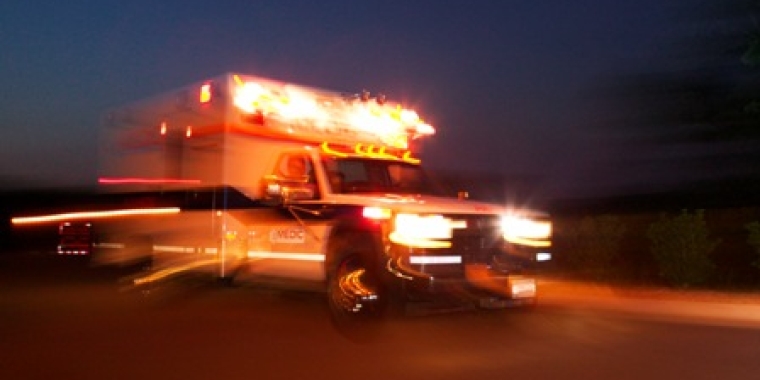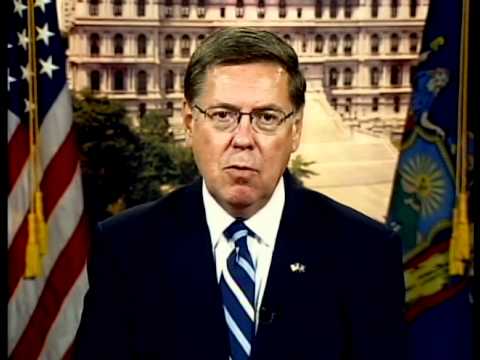
Move Over For Emergency Vehicles
James L. Seward
August 26, 2010

Each and every day thousands of law enforcement and emergency workers risk their lives to protect the citizens of New York. Throughout my time in the state senate, I have proudly partnered with these brave, caring men and women on a number of initiatives to assist them in performing their critical duties.
As chairman of the Senate Task Force on Volunteer Emergency Services, I helped establish a low interest loan program for the capital needs and equipment purchases of voluntary fire departments and emergency squads. In order to keep up with new technology and medical advances our departments are often required to update their equipment. Assisting departments, which often operate on very limited budgets, is essential to ensuring they have the tools they need to save lives and protect themselves.
I have also fought successfully for funding increases for the state fire academy in order to improve training for firefighters. The dangers firefighters face in the course of doing their job are considerable and it is absolutely essential that they receive the very best training.
Following the September 11, 2001 attacks on New York City and Washington I served as chairman of the Senate Task Force on State and Local Emergency Preparedness working closely with a number of emergency officials to better improve emergency response efforts. The result was a package of legislation aimed at enhancing the ability of state, local governments, businesses, and New York citizens to prepare and respond to any type of catastrophic event, whether man-made or natural, by requiring counties to enact preparedness plans, establishing standards for evacuating and sheltering nursing homes during emergencies, and increasing penalties for individuals who tamper with nuclear power plants.
All of these actions help emergency workers do their job safely. I am pleased to announce that during this year’s legislative session another bill I have long supported was signed into law and will continue the trend.
The “Ambrose-Searles Move Over Act” will protect law enforcement and emergency workers by requiring motorists to move over or slow down when approaching a parked authorized emergency vehicle with emergency lights flashing.
Up until now, motorists were required to slow down, pull over to the side of the road and yield to passing law enforcement and emergency vehicles. The new law applies to law enforcement and emergency vehicles that are already stopped on the side of a highway. It now requires that motorists change lanes to create additional space and added safety for emergency personnel, and if that is not possible, to slow down to a safe passing speed.
The legislation honors the memory of two police officers, New York State Trooper Robert Ambrose and Onondaga County Deputy Sheriff Glenn M. Searles, as well as others who have tragically lost their lives on the highways while serving the public.
On December 23, 2002 New York State Trooper Robert Ambrose was fatally injured during a routine traffic stop on the New York State Thruway in Yonkers. Trooper Ambrose's vehicle was rear-ended by the intoxicated driver of a sport utility vehicle at a speed in excess of 80 miles per hour.
On November 29, 2003, Onondaga County Deputy Sheriff Glenn M. Searles was assisting a motorist whose vehicle had gone off the highway when a second car lost control and struck Deputy Searles, pinning him against his patrol car. Deputy Searles died from his injuries.
The new law could also have been named in memory of Norman F. Carr Jr., who worked as chief constable in the Town of Oneonta in my senate district. In December of 1998, Carr was directing traffic at the scene of a two car accident when he was hit and killed by a passing van.
These tragic instances and so many others like them that have prompted the overdue enactment of the new law. It will save lives and make the highways safer for our emergency responders.
#####
Share this Article or Press Release
Newsroom
Go to NewsroomSteps To Rebuild Following Hurricane Irene
August 29, 2011
Statement on Hurricane Irene
August 29, 2011

Prepare For Hurricane Irene
August 26, 2011

Next Steps To A Stronger Economy
August 25, 2011
